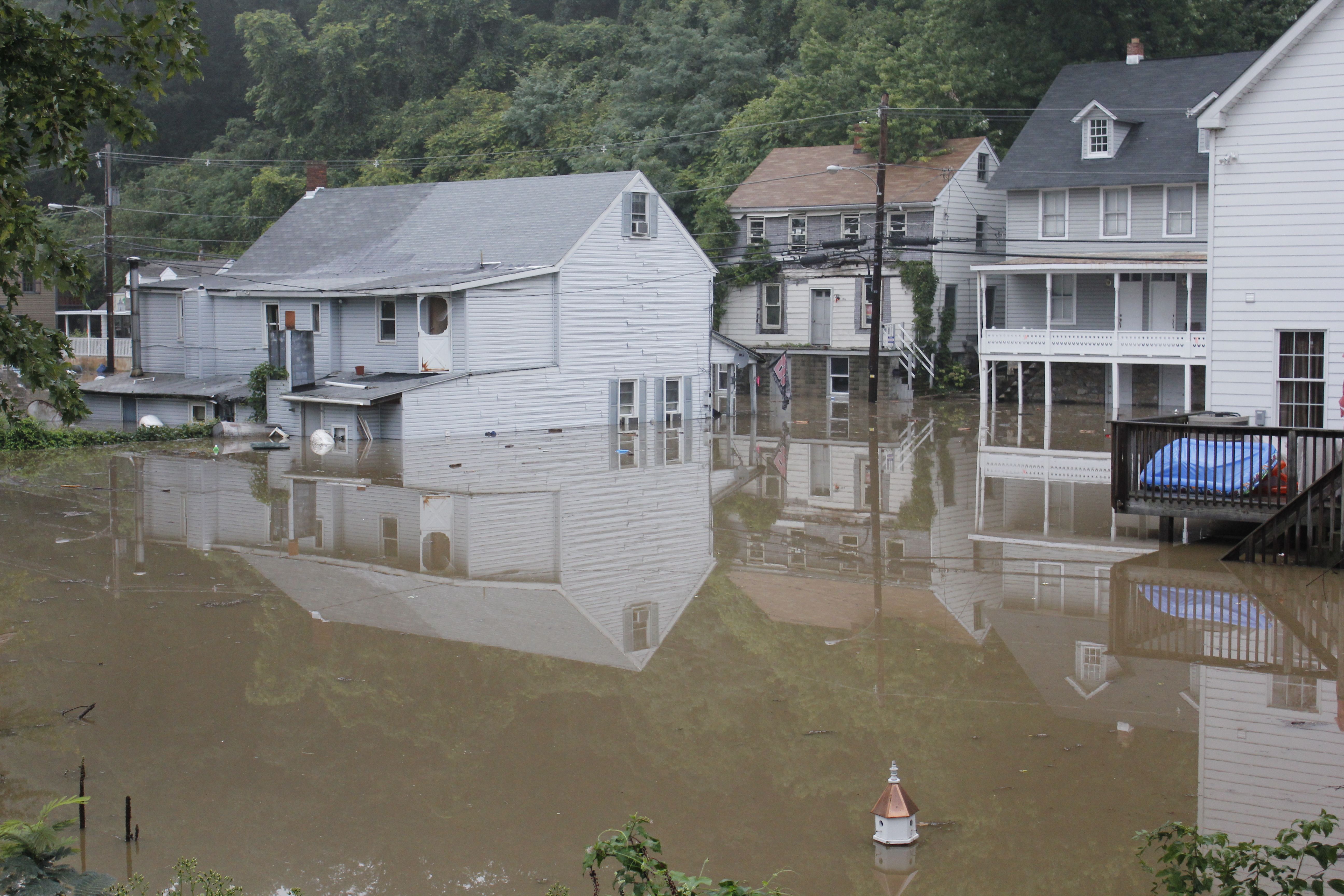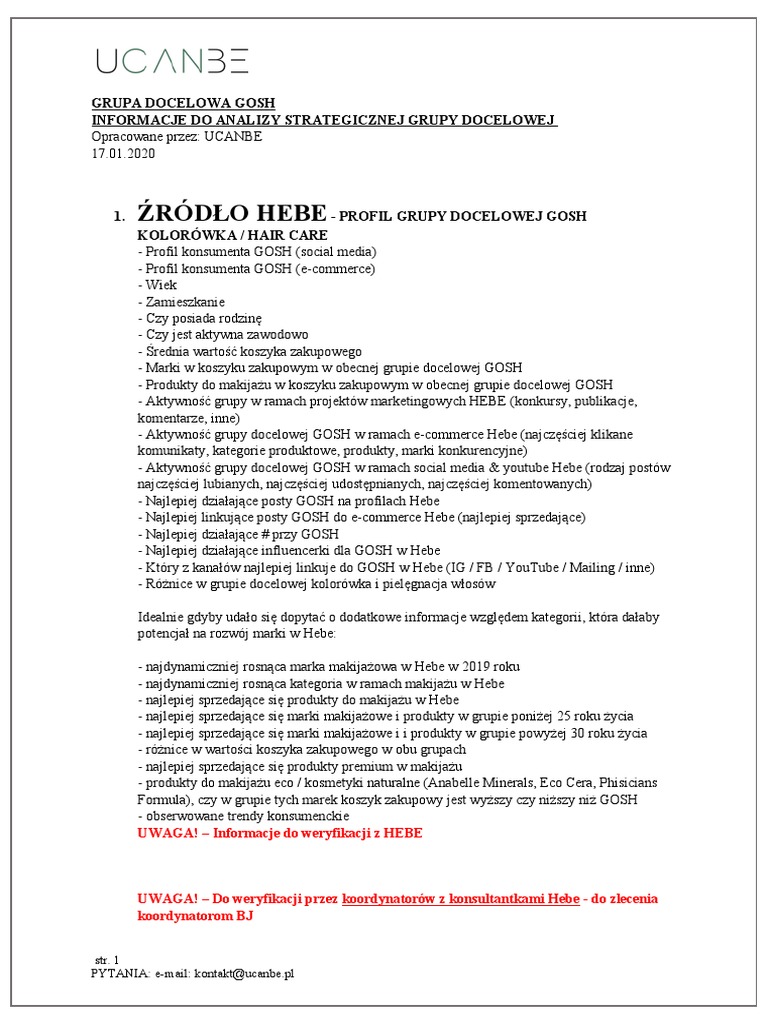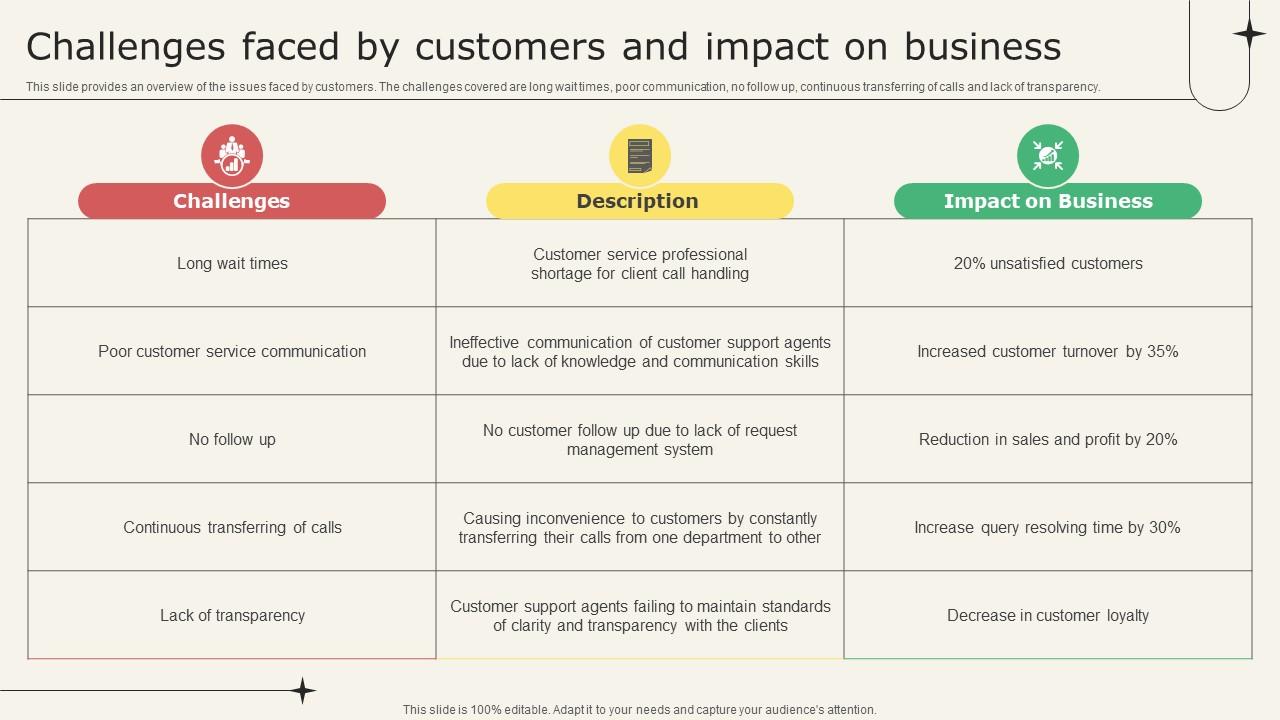Flash Flood Emergency: Definition, Causes, And Safety Precautions

Table of Contents
Defining a Flash Flood Emergency
A flash flood is defined as a rapid, sudden flooding of normally dry areas. Unlike regular floods, which often develop gradually over days or weeks, a flash flood emergency can occur within just six hours, or even less, of heavy rainfall or a dam failure. This rapid onset leaves little time for reaction, making it a particularly dangerous type of flood. The sudden inundation of water can be incredibly forceful, carrying debris and causing significant damage to infrastructure and property. A flash flood warning indicates imminent danger; swift action is paramount to ensure survival. Key characteristics include:
- Rapidly rising water levels: Water levels can increase dramatically in a short period, making escape difficult.
- Sudden inundation of normally dry areas: Flash floods can transform streets, fields, and even homes into raging rivers in a matter of minutes.
- Little to no warning time: This rapid onset is the defining characteristic of a flash flood, making preparedness crucial.
- Potentially life-threatening conditions: The force of the water, debris carried along, and the swiftness of the flood make flash floods incredibly dangerous.
Causes of Flash Floods
Several factors contribute to the development of flash floods. Understanding these causes can help you assess your risk and take appropriate precautions.
- Intense or prolonged rainfall in a short period: This is the most common cause. Heavy downpours overwhelm drainage systems, leading to rapid rises in water levels.
- Sudden dam or levee failures: A breach in a dam or levee can unleash a massive volume of water downstream, causing devastating flash floods in a very short time.
- Rapid snowmelt in mountainous areas: A sudden thaw of large snowpacks, often triggered by warm weather or heavy rain, can quickly overwhelm rivers and streams.
- Mudslides and debris flows blocking waterways: Landslides and mudslides can dam rivers and streams, leading to a sudden buildup of water upstream, which eventually bursts through the blockage causing a flash flood.
- Inadequate drainage systems in urban areas: In densely populated areas, poorly maintained or inadequate drainage systems can exacerbate the effects of heavy rainfall, contributing to flash flooding.
Safety Precautions During a Flash Flood Emergency
Being prepared is your best defense against the dangers of a flash flood. A comprehensive plan should include actions to take before, during, and after a flood event.
Before a Flash Flood:
- Monitor weather forecasts: Stay informed about weather alerts and warnings from reliable sources like the National Weather Service.
- Create a family emergency plan: Designate a meeting place and establish communication procedures in case of separation.
- Identify evacuation routes: Know multiple escape routes from your home and workplace, including higher ground options.
- Prepare an emergency kit: (See details below).
During a Flash Flood:
- Move to higher ground immediately: This is the most crucial step. Do not wait for instructions; act swiftly.
- Avoid driving through floodwaters: Turn around, don't drown! Even shallow water can hide deep currents and debris.
- Stay away from power lines: Floodwaters can energize downed power lines, posing a lethal risk.
- Seek shelter: Find a sturdy building or elevated area to wait out the flood.
After a Flash Flood:
- Check for injuries: Provide first aid and contact emergency services if needed.
- Report damages: Contact local authorities to report any damage to property or infrastructure.
- Avoid floodwaters: Floodwaters may be contaminated with sewage and other harmful substances.
- Be aware of contaminated water: Do not drink or use floodwater for any purpose without proper purification.
Building a Flash Flood Emergency Kit
Your emergency kit should contain essential supplies to sustain you and your family for several days. Include:
- Water (at least one gallon per person per day for several days)
- Non-perishable food supplies
- First-aid kit with essential medications
- Flashlights and extra batteries
- Radio (battery-powered)
- Important documents (copies of identification, insurance, etc.)
- Whistle
- Warm clothing and blankets
- Dust mask to help filter contaminated air
- Wrench or pliers to turn off utilities
Conclusion
Flash flood emergencies are sudden, devastating events that demand immediate action and preparedness. Understanding their causes and implementing effective safety measures is crucial for protecting your life and property. By monitoring weather forecasts, creating an emergency plan, preparing a flash flood emergency kit, and knowing what to do before, during, and after a flash flood, you significantly increase your chances of survival and minimize the impact of this dangerous natural disaster. Don't wait for a flash flood emergency to strike; prepare today and safeguard your loved ones. Visit your local emergency management website or the National Weather Service for more information and resources.

Featured Posts
-
 Analisis Klasemen Moto Gp Dampak Kemenangan Sprint Race Marc Marquez Di Argentina 2025
May 26, 2025
Analisis Klasemen Moto Gp Dampak Kemenangan Sprint Race Marc Marquez Di Argentina 2025
May 26, 2025 -
 Le Destin Brise De Marine Le Pen Analyse D Une Condamnation
May 26, 2025
Le Destin Brise De Marine Le Pen Analyse D Une Condamnation
May 26, 2025 -
 Prokuratorzy I Pytania W Polsce24 Analiza Blamazu
May 26, 2025
Prokuratorzy I Pytania W Polsce24 Analiza Blamazu
May 26, 2025 -
 Baffie Ardisson L Accrochage Virulent Qui Enflamme Les Reseaux Sociaux
May 26, 2025
Baffie Ardisson L Accrochage Virulent Qui Enflamme Les Reseaux Sociaux
May 26, 2025 -
 The China Factor Analyzing The Challenges Faced By Luxury Car Brands
May 26, 2025
The China Factor Analyzing The Challenges Faced By Luxury Car Brands
May 26, 2025
